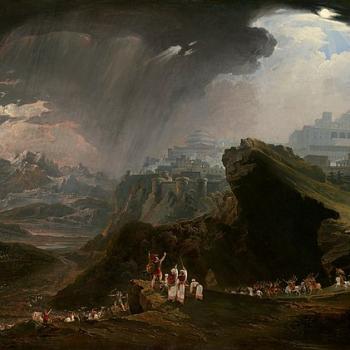Is my red your red, or do you see red as what I call “blue”? It’s a question that most of us have probably found ourselves wondering about, because we have no way of actually sharing with another person how we perceive a color. But in a post on his blog at Psychology Today, Mark Changizi suggests that humans probably DO see colors in mostly the same way as each other. An excerpt:
In essence, I have argued elsewhere that our color-vision eyes are oximeters like those found in hospital rooms, giving us the power to read off the emotions, moods and health of those around us.
On this new view of the origins of color vision, color is far from an arbitrary permutable labeling system. Our three-dimensional color space is steeped with links to emotions, moods, and physiological states, as well as potentially to behaviors. For example, purple regions within color space are not merely a perceptual mix of blue and red, but are also steeped in physiological, emotional and behavioral implications – in this case perhaps of a livid male ready to punch you.
Furthermore, these associations are not arbitrary or learned. Rather, these links from color to our broader mental life are part of the very meanings of color – they are what color vision evolved for.
Read the whole thing to see all his reasoning as to why we probably see colors in the same way.
I’m thinking about this in terms of correspondences. If everyone perceives color differently, then it’s harder to see how “red” can correspond to love, for example. And we do see different meanings ascribed to different colors from culture to culture (e.g. red being associated with happiness or good fortune in Chinese culture). But if color perception is to some extent hardwired into our perceptions, then we can talk about a universal correspondence in colors. Individual perceptions would still vary, of course – I probably have a unique range of different emotions tied to the particular color of blue that my childhood bedroom was painted in – but on some level there’s a fundamental similarity in the way people perceive blueness, and the range of emotions it can inspire.
UPDATE: Changizi’s post is a response to this article by Richard Dawkins, in which Dawkins proposes that since the perception of colour is actually a state of the brain, it’s possible that bats use the perception that we call “red” to label a furry moth. This raises a question about correspondences: does the wavelength of light called “red” correspond to love, or does the brain-state that it inspires do the corresponding? Or is it both?











